Serendip is an independent site partnering with faculty at multiple colleges and universities around the world. Happy exploring!
Next Generation Science Standards - Activity LIsting
Many of our activities for helping middle school and high school students learn life sciences are aligned with the Next Generation Science Standards (NGSS; http://www.nextgenscience.org/next-generation-science-standards). The following listing provides brief descriptions of our NGSS-related resources. The tables in Alignment of Activities with Next Generation Science Standards summarize the alignment of our activities with NGSS Disciplinary Core Ideas and Performance Expectations. These tables also summarize how each of these activities engages students in Scientific Practices and provides the opportunity to discuss Crosscutting Concepts. The Teacher Notes for each activity provide additional information concerning alignment with the Next Generation Science Standards.

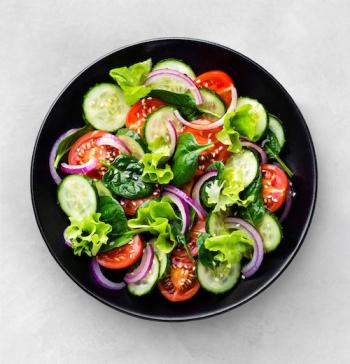 This analysis and discussion activity helps students to understand the relationships between food, physical activity, cellular respiration, and changes in body weight. Analysis of a representative scenario helps students to understand how challenging it is to prevent weight gain by exercising to offset what seems to be a relatively modest lunch.
This analysis and discussion activity helps students to understand the relationships between food, physical activity, cellular respiration, and changes in body weight. Analysis of a representative scenario helps students to understand how challenging it is to prevent weight gain by exercising to offset what seems to be a relatively modest lunch.
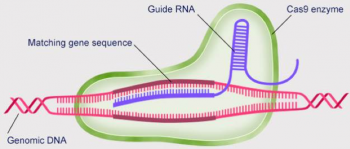
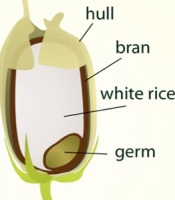
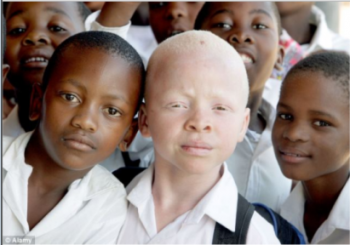
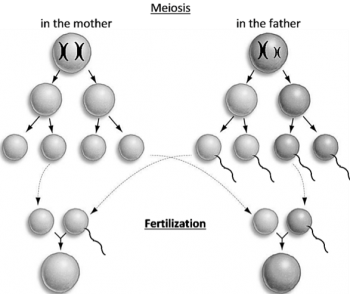 In this minds-on analysis and discussion activity, students analyze the inheritance of sex chromosomes. Students use a Punnett square to predict the sex ratio of births and compare their prediction to data for individual families and for the entire US.
In this minds-on analysis and discussion activity, students analyze the inheritance of sex chromosomes. Students use a Punnett square to predict the sex ratio of births and compare their prediction to data for individual families and for the entire US.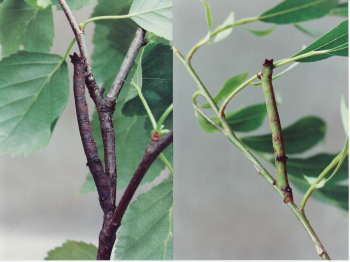

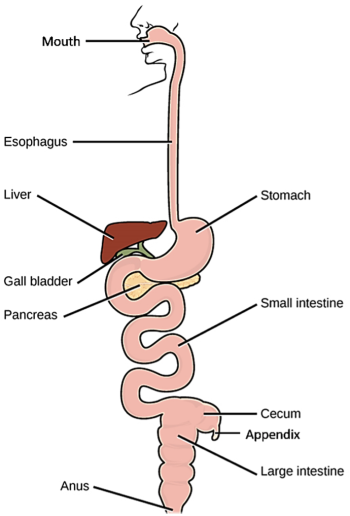
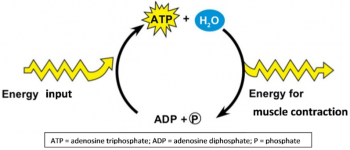
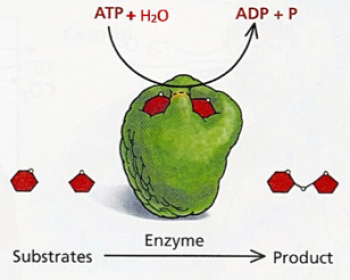
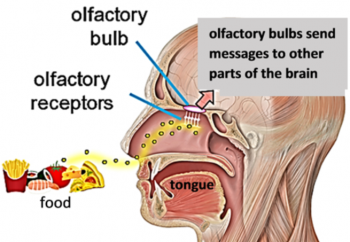 In this minds-on, hands-on activity, students develop science practice skills by developing plans for a hands-on investigation, carrying out the investigation, analyzing the data, and interpreting the results.
In this minds-on, hands-on activity, students develop science practice skills by developing plans for a hands-on investigation, carrying out the investigation, analyzing the data, and interpreting the results.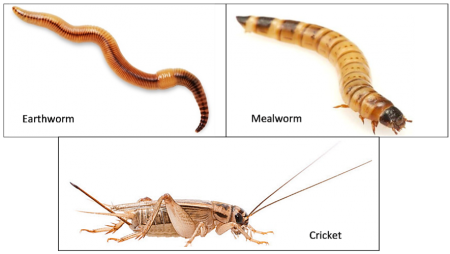
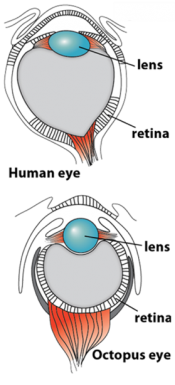
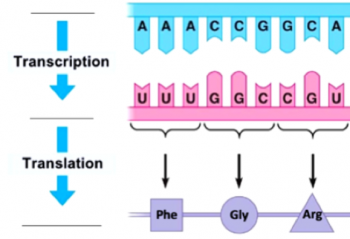
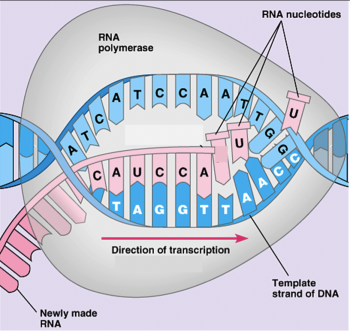
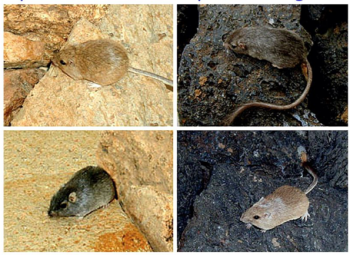
 In this minds-on analysis and discussion activity, students learn how a mistake in meiosis can result in Down syndrome. Students also analyze karyotypes to learn how other mistakes in meiosis can result in the death of an embryo. Finally, students consider how a health problem can be genetic, but not inherited.
In this minds-on analysis and discussion activity, students learn how a mistake in meiosis can result in Down syndrome. Students also analyze karyotypes to learn how other mistakes in meiosis can result in the death of an embryo. Finally, students consider how a health problem can be genetic, but not inherited.
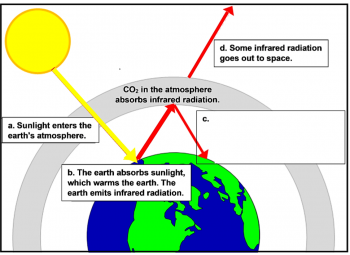
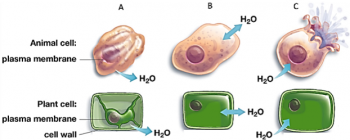 In this hands-on, minds-on activity, students investigate the effects of hypotonic and hypertonic solutions on eggs that have had their shells removed. As students interpret their results, they develop a basic understanding of the process of osmosis. As they answer additional analysis and discussion questions, students learn about the effects of osmosis on animal and plant cells and apply their understanding of osmosis to the interpretation of several “real-world” phenomena.
In this hands-on, minds-on activity, students investigate the effects of hypotonic and hypertonic solutions on eggs that have had their shells removed. As students interpret their results, they develop a basic understanding of the process of osmosis. As they answer additional analysis and discussion questions, students learn about the effects of osmosis on animal and plant cells and apply their understanding of osmosis to the interpretation of several “real-world” phenomena. 







